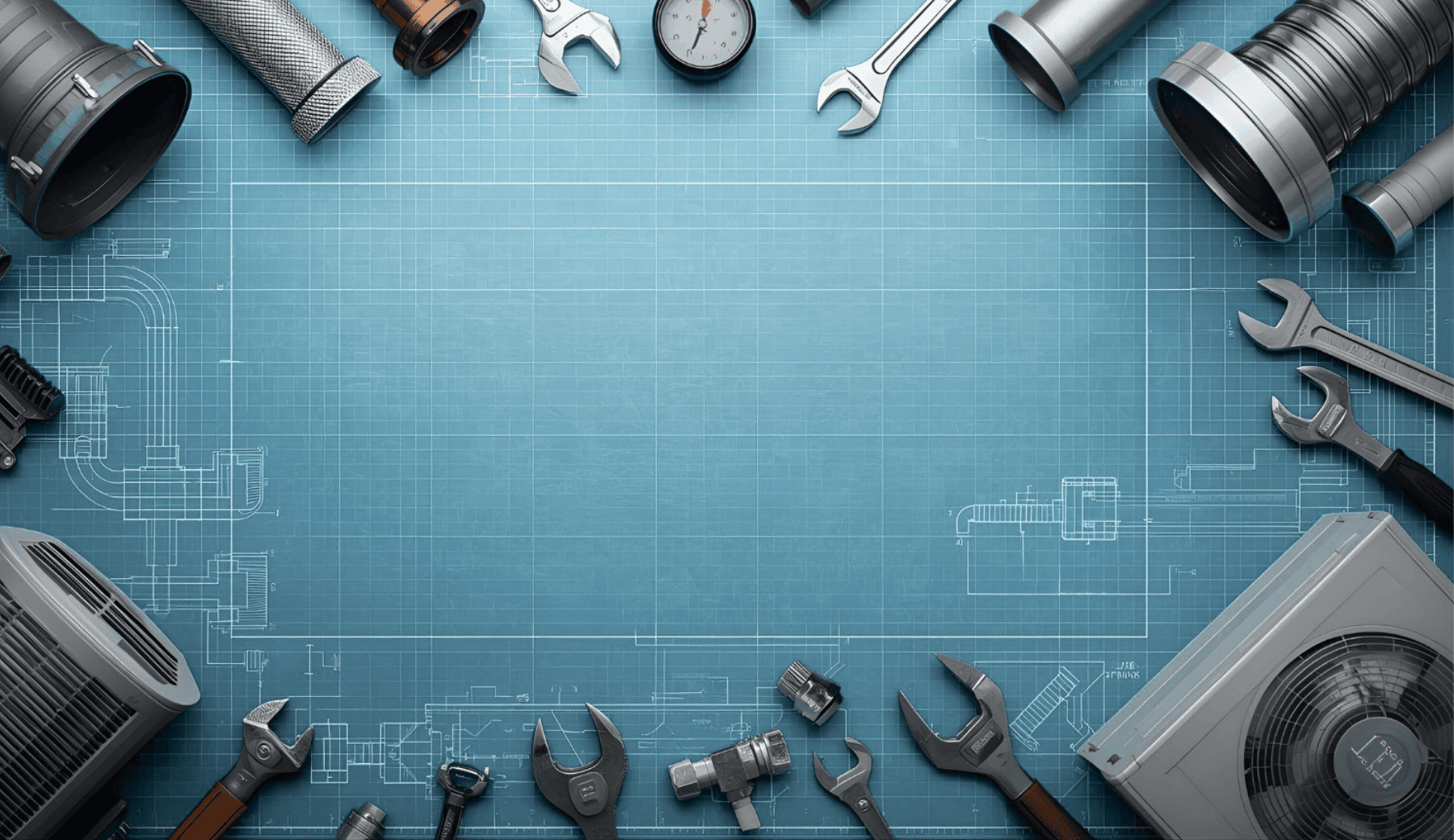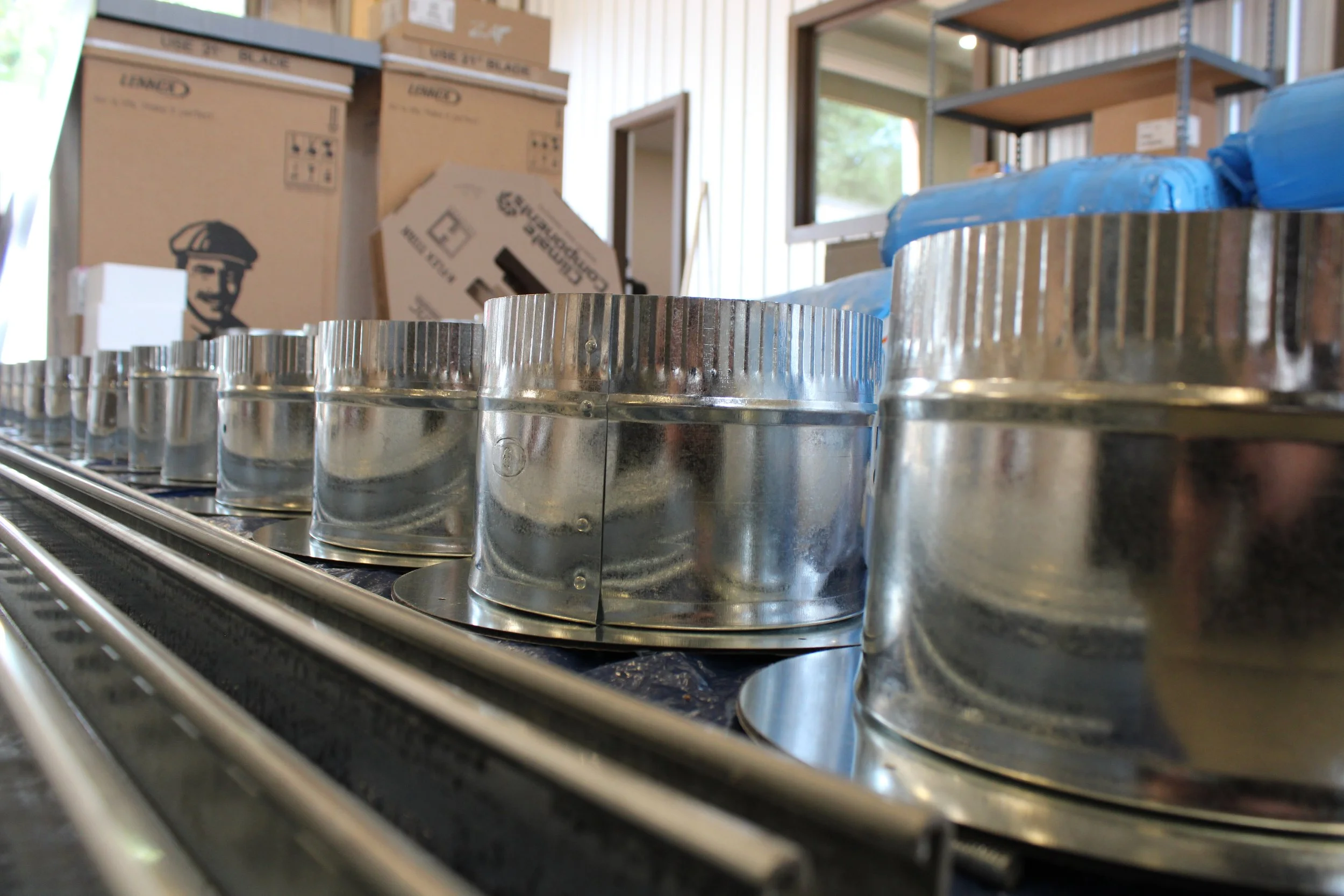
ZAP Knowledge Center
Ductwork, Airflow & Home Comfort Explained
Your HVAC system can only perform as well as your ductwork allows. Leaky ducts, poor airflow, and bad design are some of the biggest reasons homeowners experience hot and cold spots, weak vents, high energy bills, and uneven comfort. In North Georgia’s humid climate, proper airflow is essential for cooling performance, indoor air quality, and humidity control. This guide breaks down the most common duct and airflow questions so you can understand what’s happening behind the scenes in your home.
-
Flex duct in attics and crawl spaces usually lasts 10 years before it leaks, sags, or loses insulation.
-
If the ducts are more than 10–15 years old, undersized, or leaking, yes – new equipment needs proper ductwork.
-
That is usually an airflow or duct design problem, not the equipment itself.
-
It is when conditioned air you already paid for escapes into the attic or crawl space instead of your rooms.
-
Yes. Low airflow makes the system run hotter and can damage compressors and heat exchangers. Decreasing the life of the system.
-
Most of the time it is undersized ducts, poor returns, or high heat load from the attic and windows.
-
Manual D is the proper engineering method for sizing and designing ductwork. Most builders skip it.
-
No. Cleaning helps air quality but does not fix duct sizing or leakage problems.
-
If the ducts are dirty, yes. Clean ducts help the new system run better. Ducts should be cleaned every 2 – 3 years.
-
Often because return ducts are leaking and sucking dust from attics or crawl spaces.
-
That is duct expansion and contraction, usually from thin metal or undersized ducts.
-
It depends on airflow requirements, but most homes have ducts that are too small for the equipment.
-
Yes. Ducts in unconditioned spaces like attics must be well insulated in our climate.
-
Moisture, dirty coils, or dirty ducts can cause a musty smell when the system runs.
-
The return is too small for the amount of air the system is trying to pull through it.
-
Yes. Aggressive or frequent cleaning can damage older ducts.
-
Yes. Sealing reduces energy loss and improves comfort.
-
Leaking or collapsed ducts, a dirty blower, clogged filters, or poor duct design.
-
Most homes benefit from additional returns. The system needs enough air coming back.
-
Yes, whenever possible. Ducts in conditioned space perform better and last longer.




